Home>Storage & Organization>Closet & Wardrobe Organization>How To Organize Books On A Bookshelf
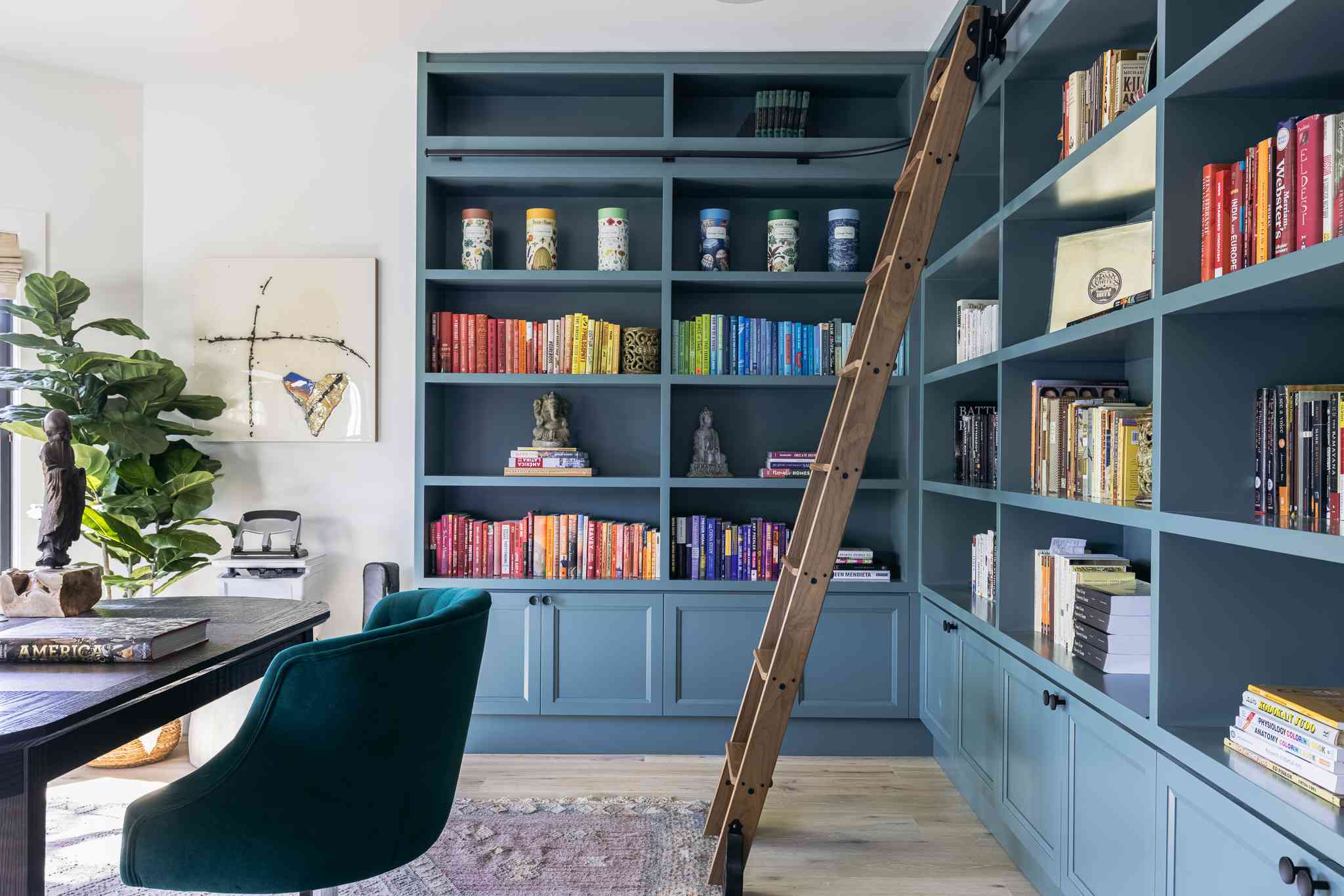

Closet & Wardrobe Organization
How To Organize Books On A Bookshelf
Modified: March 18, 2024
Learn how to organize books on a bookshelf with our expert tips for closet and wardrobe organization. Create a tidy and stylish space for your books today!
(Many of the links in this article redirect to a specific reviewed product. Your purchase of these products through affiliate links helps to generate commission for Storables.com, at no extra cost. Learn more)
Categorizing Books by Genre
Categorizing your books by genre is a fantastic way to organize your bookshelf. It not only makes it easier to find a specific book but also adds a visually appealing element to your bookshelf. Here's how you can categorize your books by genre:
-
Fiction vs. Non-Fiction: Start by separating your fiction books from your non-fiction books. This basic division will already make it easier to locate books based on the reader's preference.
-
Further Sub-Categorization: Within the fiction and non-fiction sections, you can further categorize your books by genres such as mystery, romance, science fiction, history, biography, self-help, and more. This will make it even simpler to find a specific book when you're in the mood for a particular type of read.
-
Color-Coding: For a visually striking bookshelf, consider color-coding your books within each genre. This can create a beautiful rainbow effect and make your bookshelf a focal point in the room.
By categorizing your books by genre, you not only create an organized system for finding your favorite reads but also add a decorative touch to your home.
Key Takeaways:
- Organize your bookshelf by genre, author’s last name, and size for easy access and a visually appealing display. Add personal touches and decorative elements to make it uniquely yours.
- Use bookends and dividers to maintain organization and stability. Incorporate personal items, artwork, and plants to infuse your bookshelf with personality and style.
Read more: How To Organize Books Without A Bookshelf
Alphabetizing Books by Author's Last Name
Alphabetizing your books by the author's last name is a classic and effective method of organizing your bookshelf. It's a straightforward approach that makes it easy to locate a specific book, especially if you have a large collection. Here's how you can alphabetize your books by the author's last name:
-
Sort by Last Name: Begin by arranging your books based on the author's last name. This means that all books by authors with last names starting with "A" will come first, followed by those with last names starting with "B," and so on.
-
Use Bookends or Dividers: To maintain the alphabetical order, consider using bookends or dividers for each section of the alphabet. This will prevent the books from shifting and mixing up the order, especially when you add new books to your collection.
-
Consistency is Key: Ensure that you maintain consistency in alphabetizing your books. Whether you choose to include the author's first name or initials, stick to the same format throughout your entire bookshelf.
-
Consider Separate Sections: If you have a substantial collection of books, you might want to consider creating separate sections for fiction and non-fiction, and then alphabetize the books within each section. This can further streamline the process of finding a specific book.
Alphabetizing your books by the author's last name not only makes it easier to locate a particular book but also gives your bookshelf a neat and organized appearance. It's a timeless method that has proven to be efficient for book lovers everywhere.
Sorting Books by Size and Height
Sorting books by size and height is a practical approach to organizing your bookshelf, especially if you want to create a visually balanced and aesthetically pleasing display. Here's how you can effectively sort your books based on their dimensions:
-
Tallest to Shortest: Begin by arranging your books from tallest to shortest. This can create a visually appealing gradient on your bookshelf, adding an interesting dynamic to the overall look.
-
Vertical and Horizontal Stacking: For larger books or art books, consider stacking them horizontally to break up the vertical lines of your bookshelf. This can add visual interest and prevent the shelf from looking too uniform.
-
Create Book Towers: Group books of similar heights together to create book towers. This can break up the monotony of rows of books and add dimension to your bookshelf.
-
Incorporate Decorative Objects: Use decorative objects such as vases, sculptures, or framed art to add height variation and visual interest to your bookshelf. These items can be interspersed among the books to create a more dynamic display.
-
Consider Bookends: Utilize bookends to create sections of books based on height. This can help maintain the organization and prevent taller books from toppling over.
By sorting your books by size and height, you can create a visually appealing and well-balanced bookshelf display that not only showcases your collection but also adds an artistic element to your home decor.
Organize books on a bookshelf by grouping them by genre, author, or size. Use bookends to keep them upright and consider arranging them in a visually appealing way.
Utilizing Bookends and Bookshelf Dividers
When it comes to maintaining the organization and structure of your bookshelf, bookends and bookshelf dividers play a crucial role. These simple yet effective tools can help keep your books in place and create distinct sections within your bookshelf. Here's how you can make the most of bookends and dividers:
-
Preventing Book Lean: Bookends are perfect for keeping your books upright and preventing them from leaning or toppling over. They come in various designs and materials, allowing you to choose options that complement your bookshelf's aesthetic.
-
Creating Sections: Bookshelf dividers are ideal for creating separate sections within your bookshelf. Whether you want to distinguish between genres, authors, or any other category, dividers help maintain the organization and make it easier to locate specific books.
-
Adding Decorative Touches: Bookends are not just functional but can also serve as decorative elements. Choose bookends that reflect your personal style or align with the theme of your room. They can add flair to your bookshelf while serving a practical purpose.
-
Customizing Organization: Bookshelf dividers offer a customizable approach to organization. You can adjust and move them to accommodate different book sizes or create larger or smaller sections based on your collection's needs.
-
Enhancing Stability: In addition to preventing book lean, bookends contribute to the overall stability of your bookshelf. By securing the books in place, they minimize the risk of shifting or falling, especially if the shelf is bumped or jostled.
By utilizing bookends and bookshelf dividers, you can maintain a tidy and well-organized bookshelf while adding decorative and functional elements to your home decor. These tools not only serve a practical purpose but also contribute to the overall aesthetic appeal of your book display.
Incorporating Decorative Elements and Personal Touches
When it comes to organizing your bookshelf, incorporating decorative elements and personal touches can elevate its visual appeal and make it a reflection of your unique style. Here are some creative ways to infuse personality into your bookshelf organization:
-
Showcasing Artwork and Photographs: Integrate small framed artworks or personal photographs among your books. This not only adds a personal touch but also breaks up the monotony of book spines, creating visual interest.
-
Displaying Collectibles and Souvenirs: If you have collectibles or souvenirs from your travels, consider incorporating them into your bookshelf display. These items can spark conversations and add a sense of nostalgia to the space.
-
Incorporating Plants and Greenery: Adding small potted plants or succulents to your bookshelf brings a refreshing touch of nature indoors. The vibrant greenery can complement the colors of your book covers and add a lively, organic element to the display.
-
Utilizing Decorative Bookends: Opt for decorative bookends that align with your personal style or the theme of your room. Whether it's sleek metallic bookends, whimsical figurine bookends, or vintage-inspired designs, they can serve as both functional supports and eye-catching decor.
-
Experimenting with Lighting: Incorporating subtle LED strip lights or small, battery-operated lamps within the bookshelf can create a cozy ambiance and draw attention to specific sections of your collection.
-
Adding Personal Mementos: Integrate personal mementos such as trinkets, small sculptures, or sentimental items that hold special meaning to you. These unique additions can make your bookshelf a reflection of your life experiences and interests.
-
Customizing Bookshelf Backing: Consider adding a decorative backing to your bookshelf, such as patterned wallpaper, fabric, or a bold paint color. This can add depth and personality to the overall display.
By incorporating these decorative elements and personal touches, you can transform your bookshelf into a captivating focal point that not only showcases your literary collection but also reflects your individuality and style.
Frequently Asked Questions about How To Organize Books On A Bookshelf
Was this page helpful?
At Storables.com, we guarantee accurate and reliable information. Our content, validated by Expert Board Contributors, is crafted following stringent Editorial Policies. We're committed to providing you with well-researched, expert-backed insights for all your informational needs.

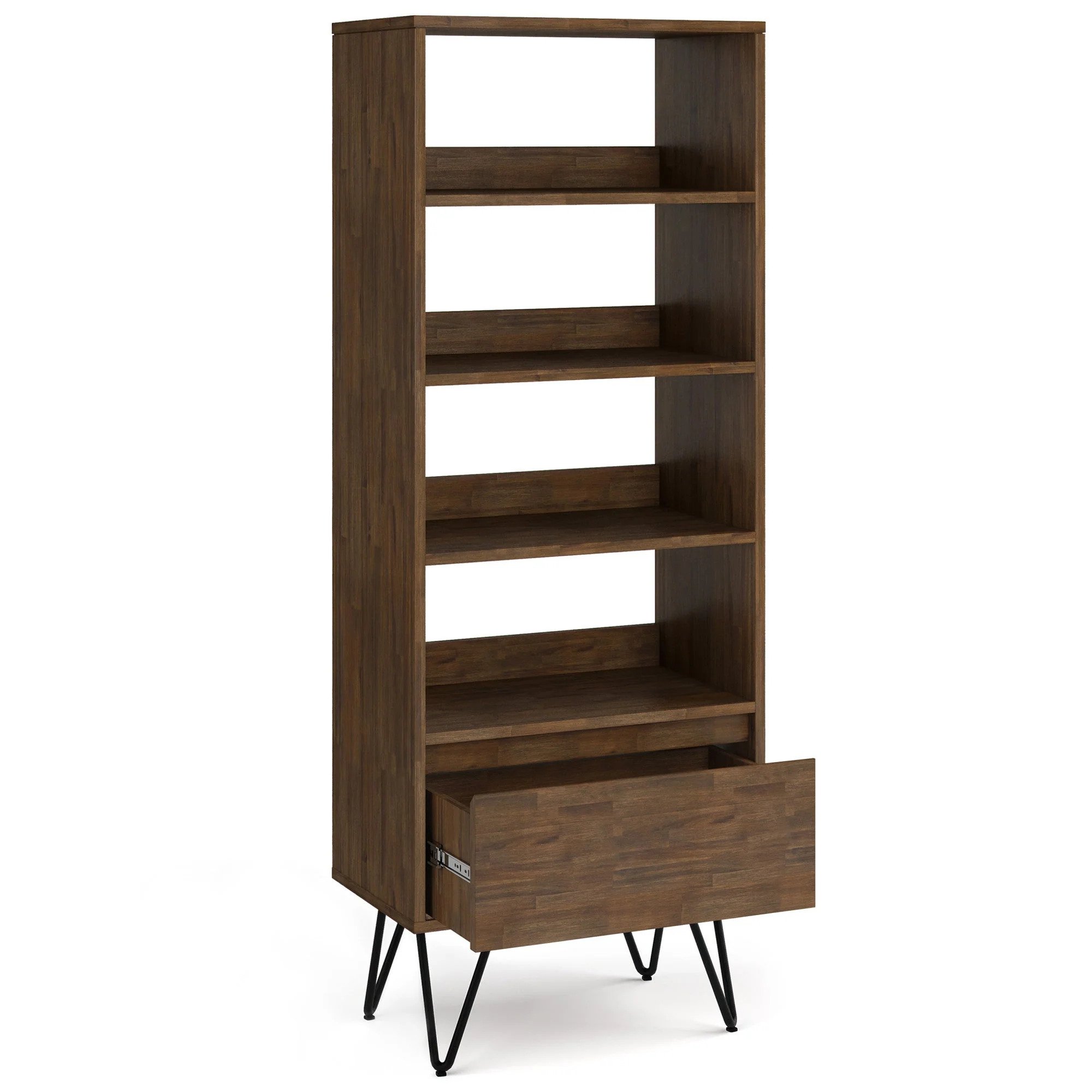
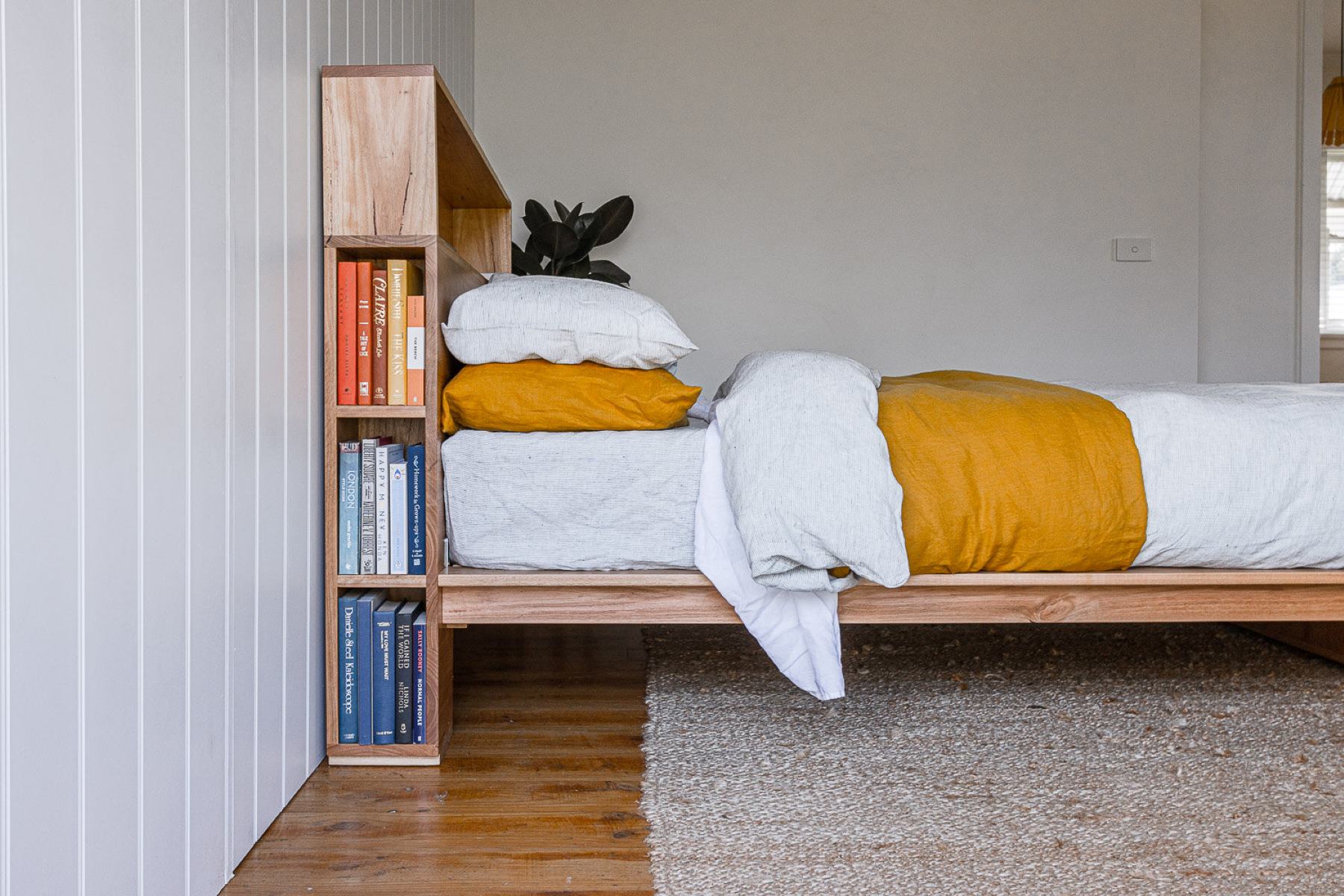
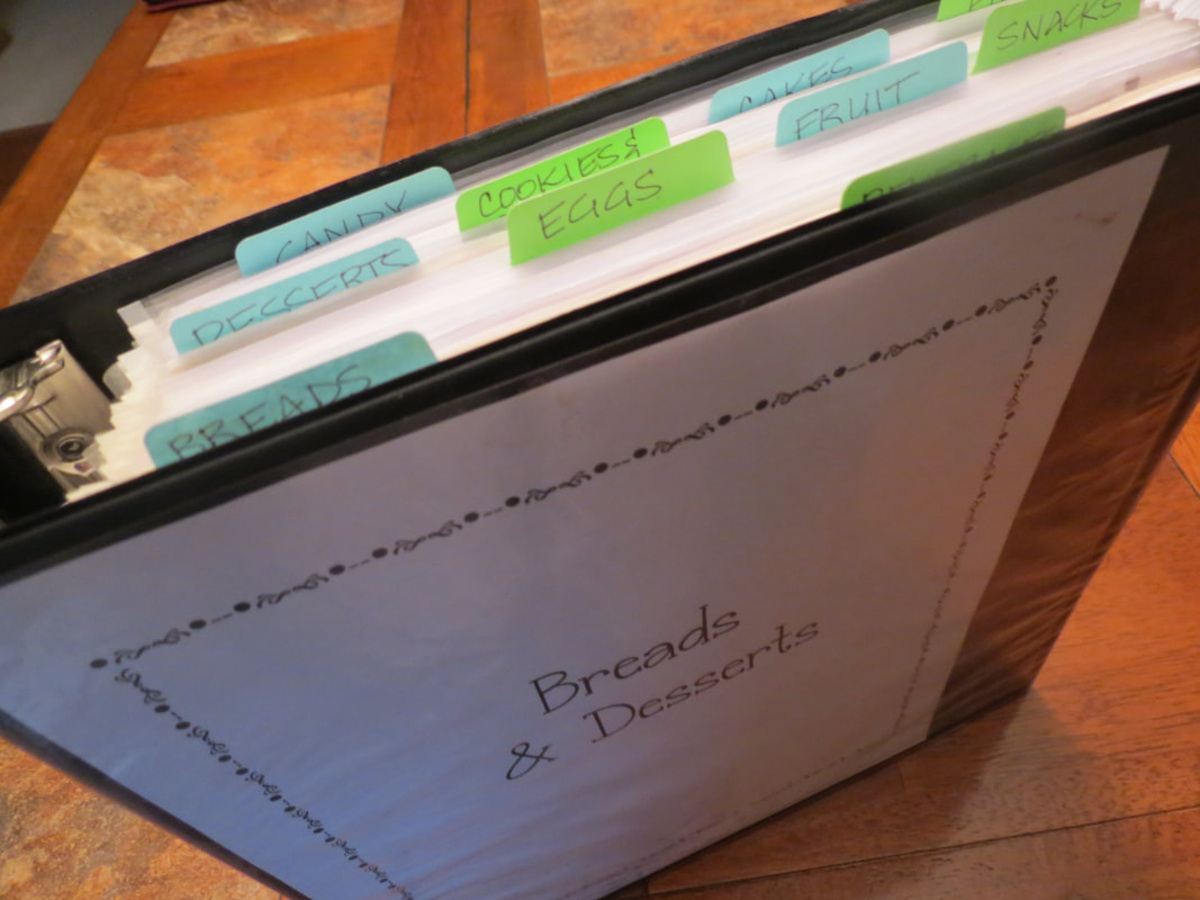
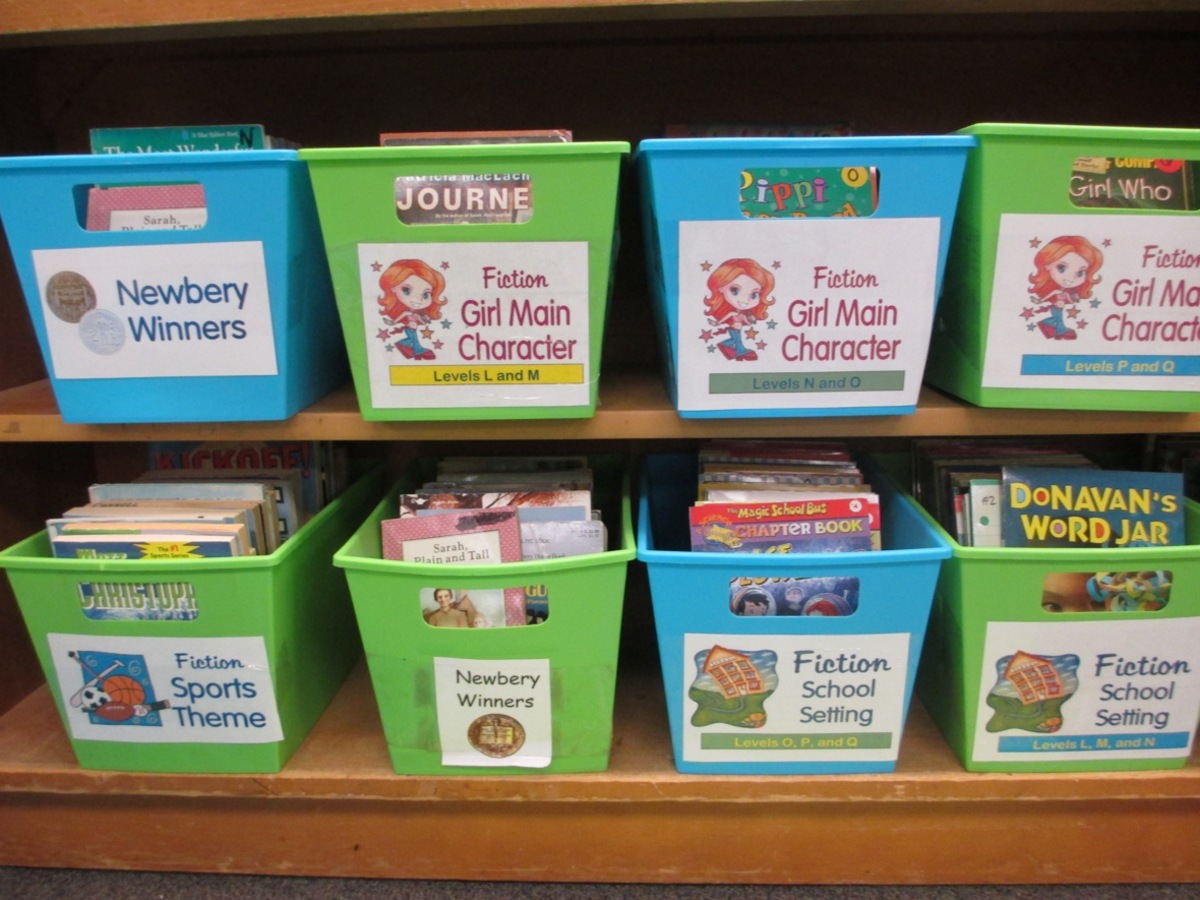
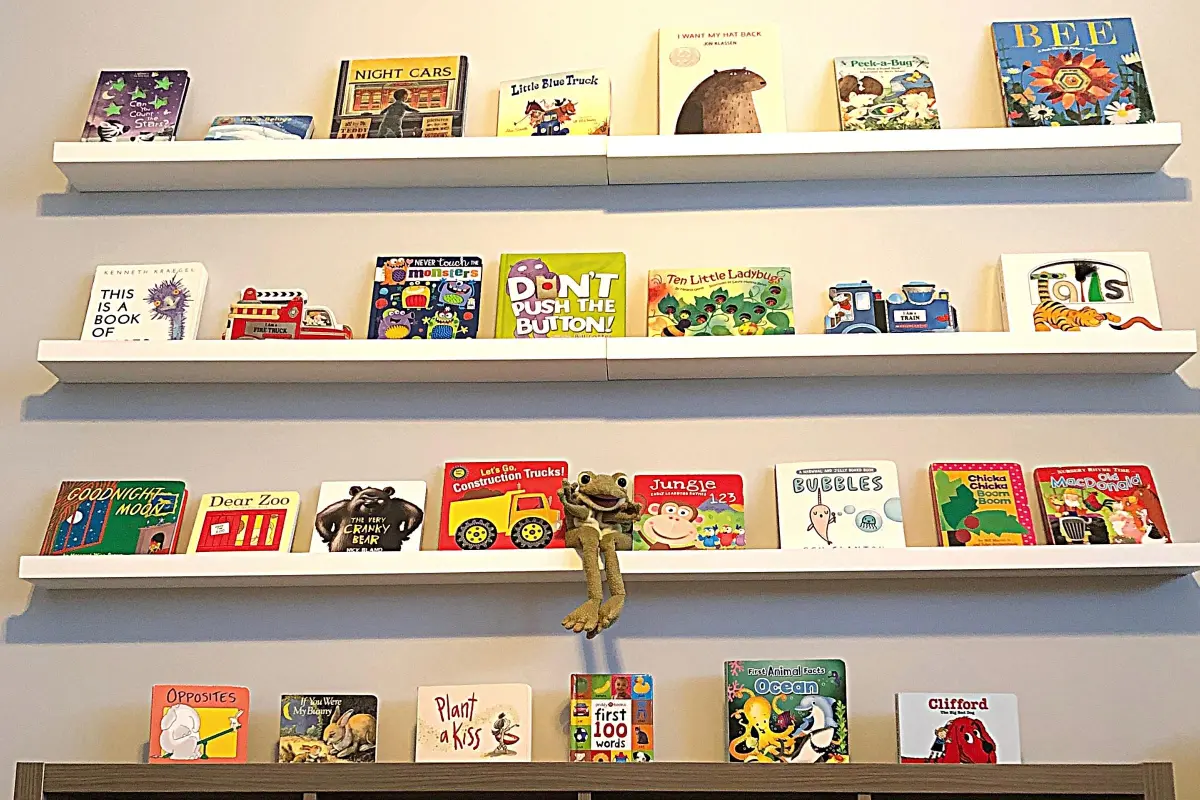
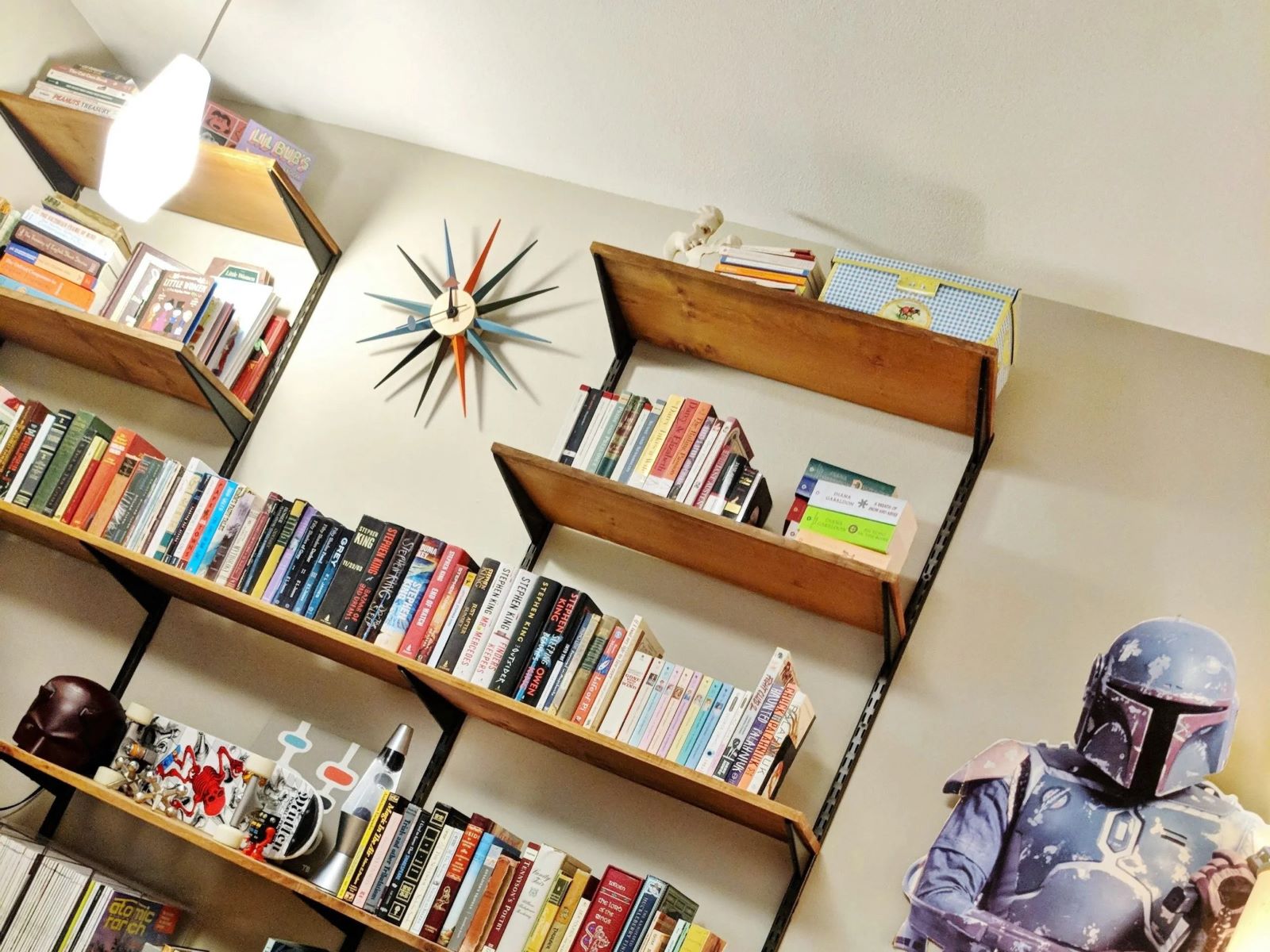
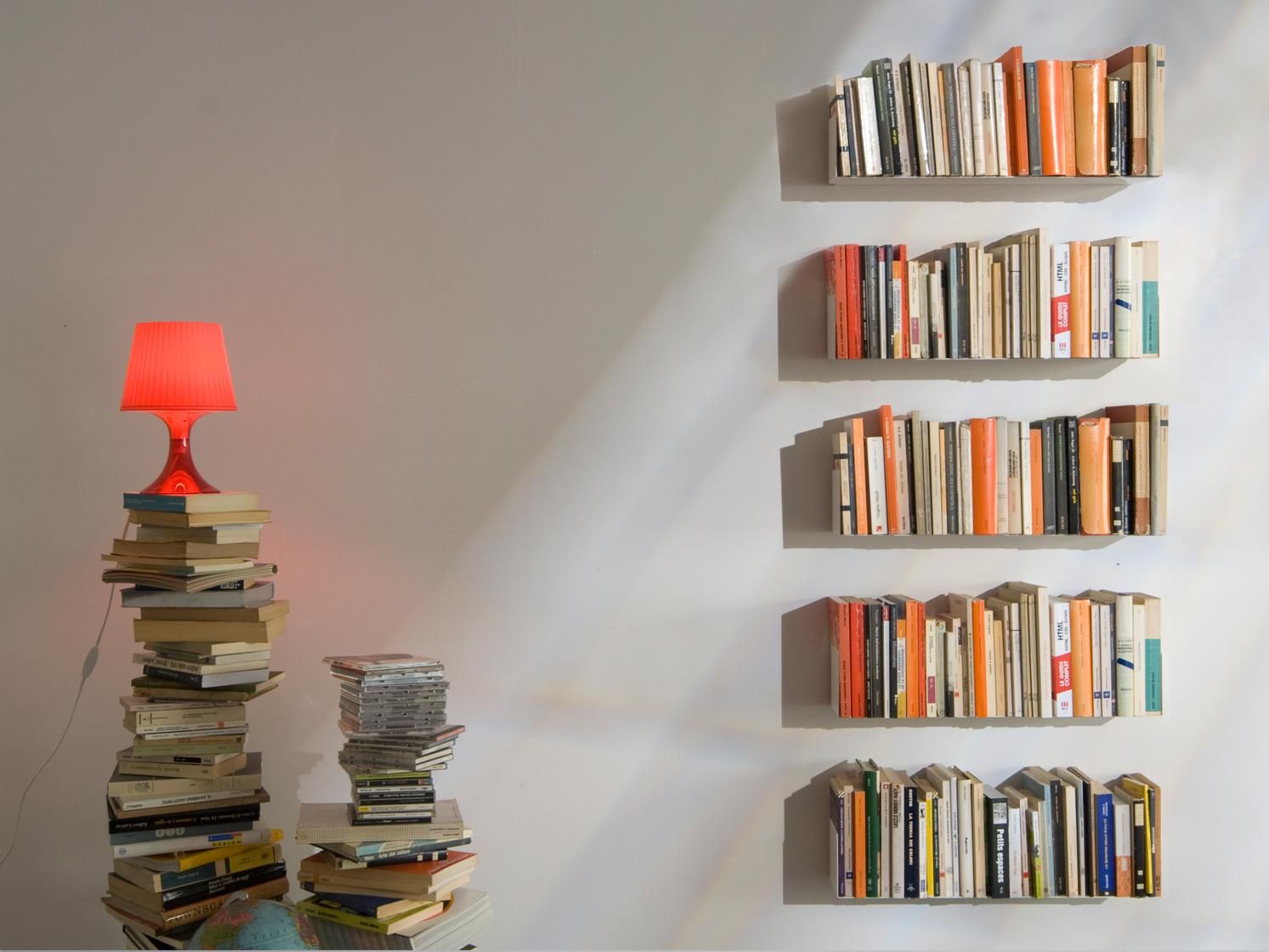
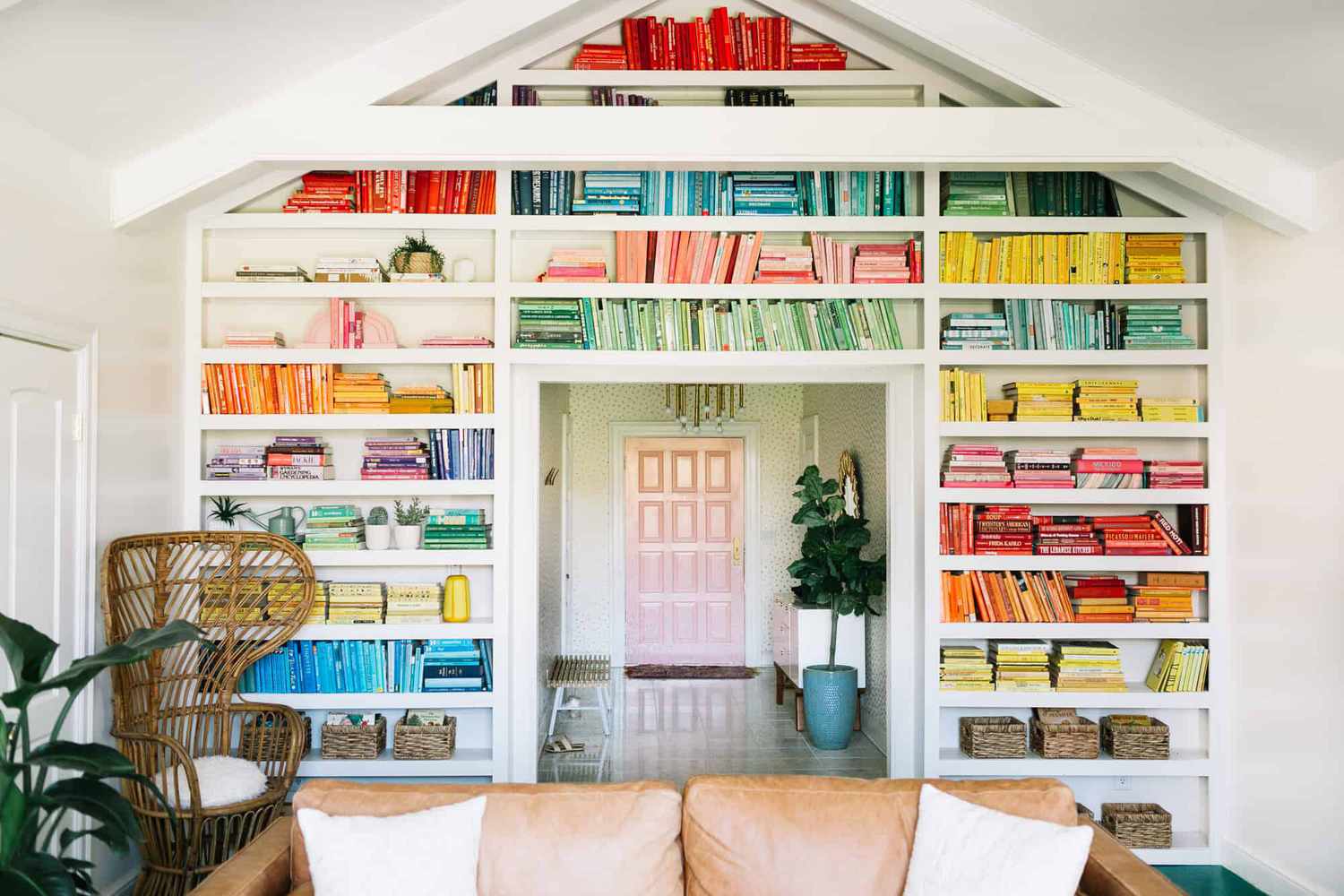
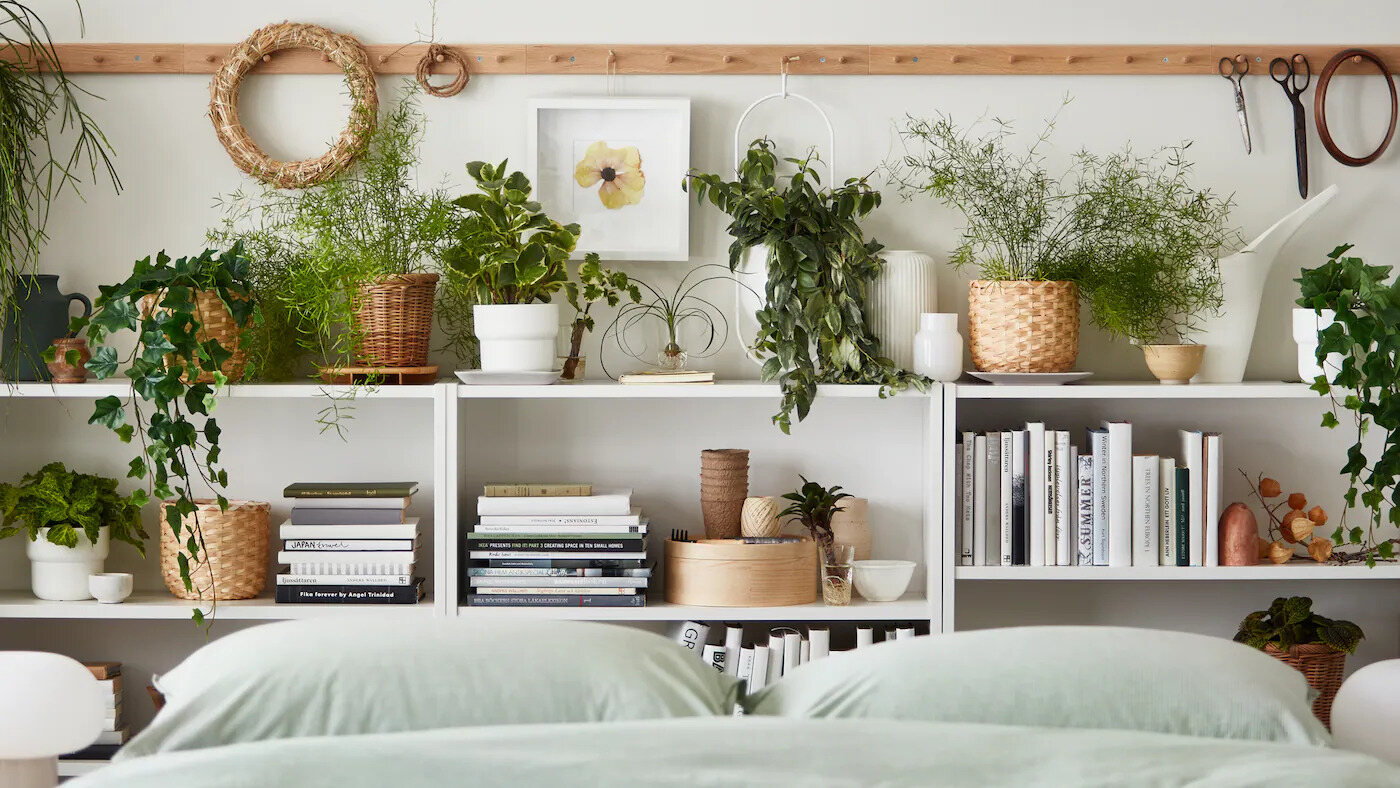
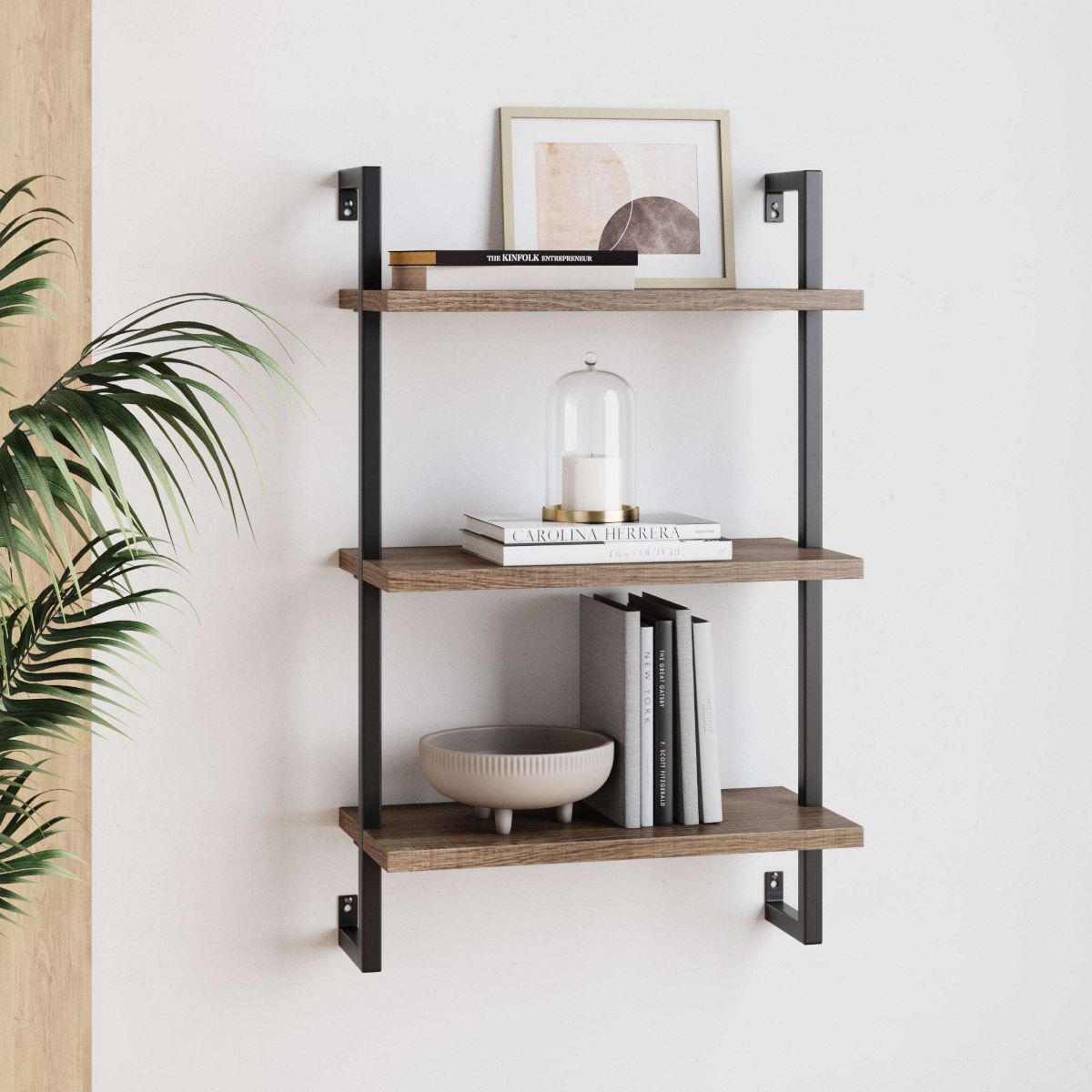
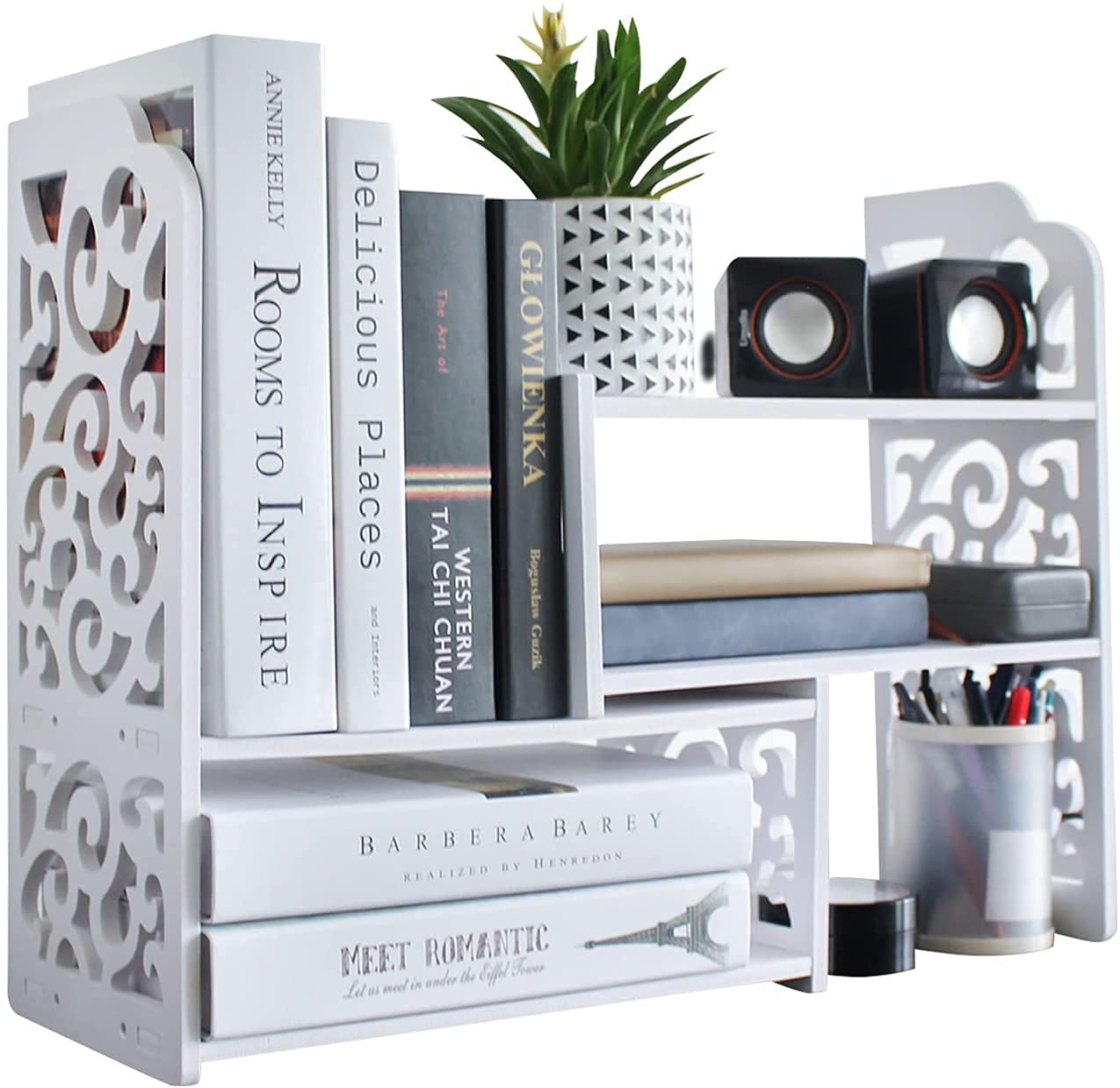
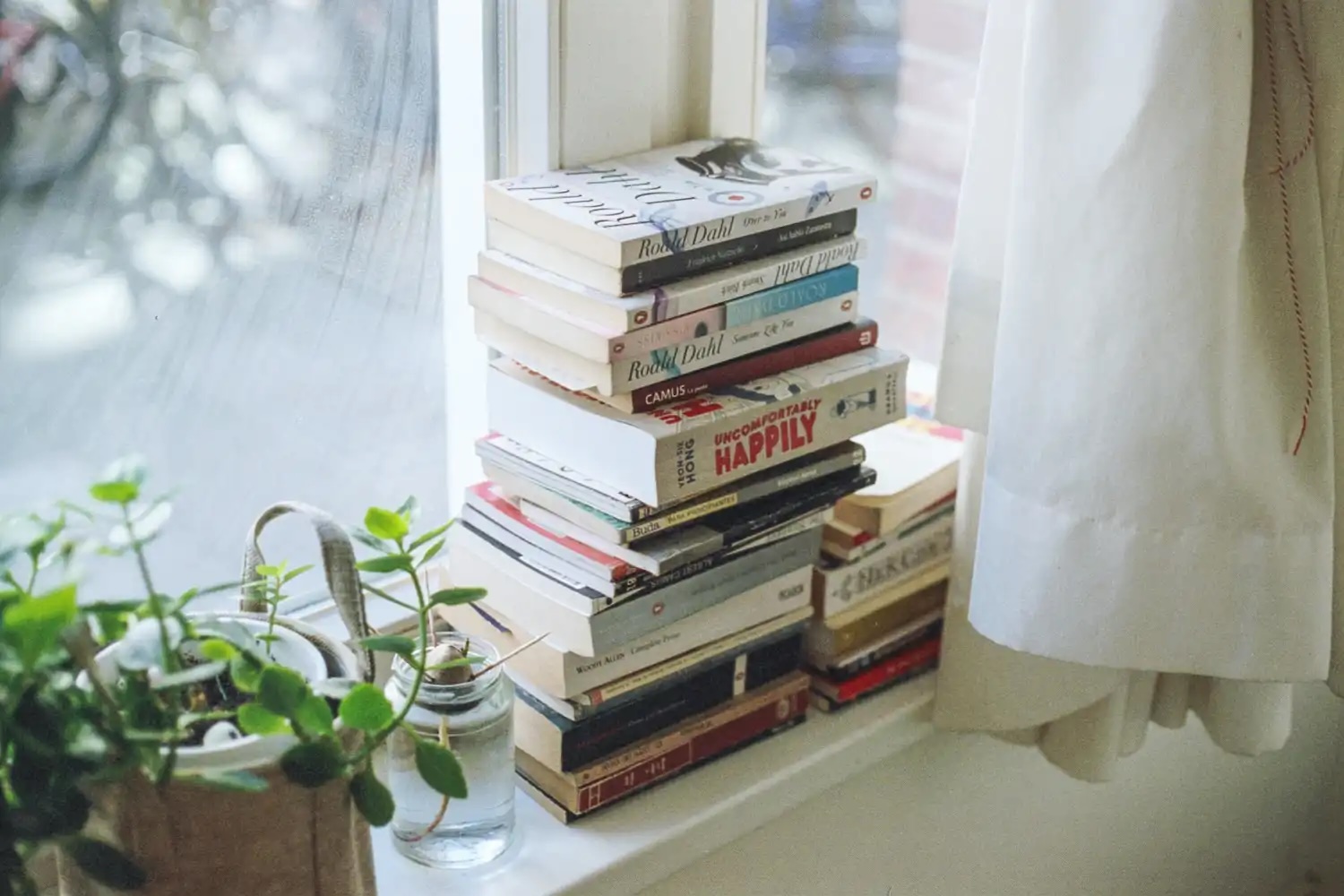
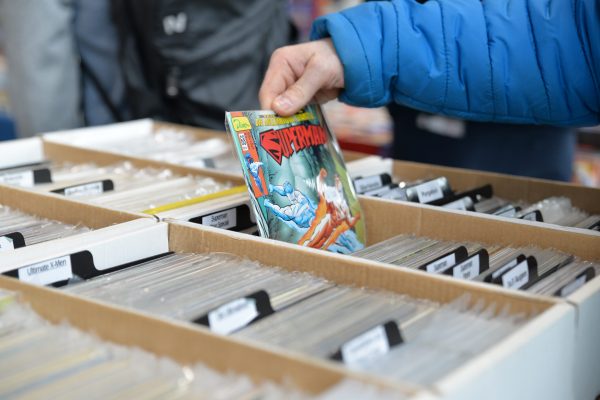
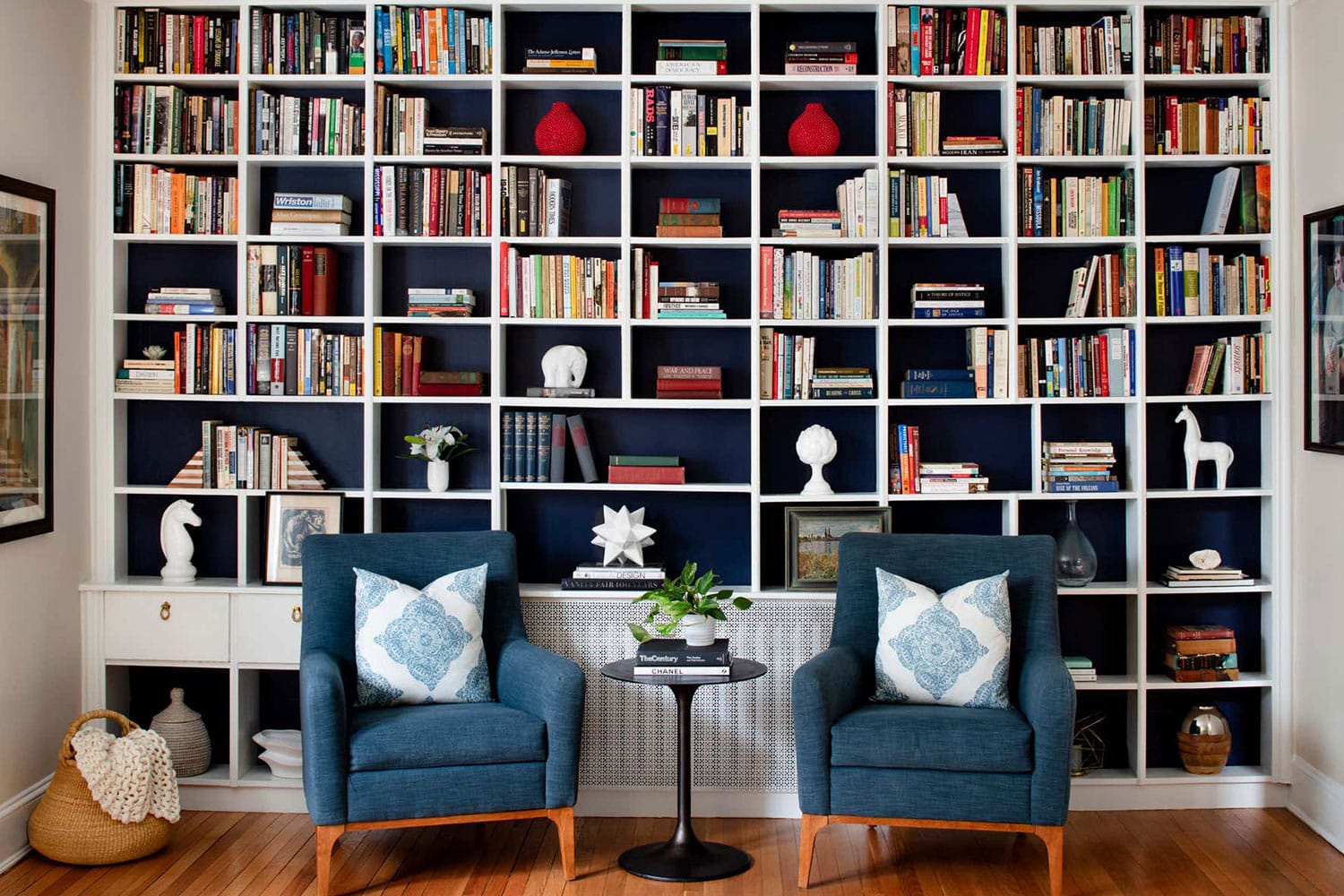

0 thoughts on “How To Organize Books On A Bookshelf”